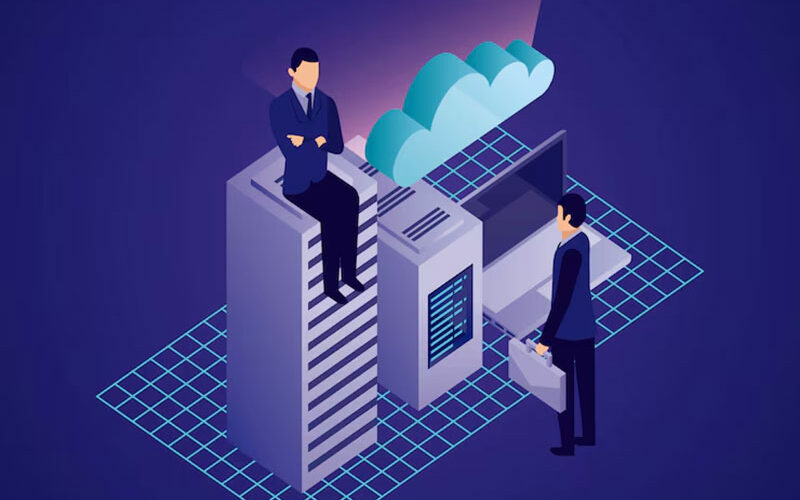Cloud Migration Challenges to Overcome in 2024

Moving to the cloud has become a must for companies trying to update their IT systems and maintain their competitiveness in the ever-changing digital market. As of 2023, 94% of enterprises use cloud services and receive many benefits. But, of course, not everything is so simple.
As more businesses shift their operations to the cloud, it’s critical to comprehend the difficulties involved with this change. In this article, we’ll go over the most typical cloud migration problems that companies could run into in 2024.
Cloud Migration: What Is It?
The process of shifting digital company processes to the cloud is called cloud migration. It entails moving all of the infrastructure—including data, apps, and IT procedures—from on-premises hardware or legacy infrastructure to a cloud environment. This procedure seeks to lower total operating expenses while improving corporate flexibility, scalability, and efficiency.
Cloud Migration Challenges
In 2024, there will be cloud migration services that solve many business problems every day. But what problems could these be? Let’s examine each of these problems in more detail, presenting solutions.
Preventing Security and Compliance Breaches
While public cloud providers implement extremely rigorous physical and application security controls, the burden of securing migrated data still rests with customers. Unfortunately, misconfigured storage buckets, databases, and weak access controls plague companies learning cloud environments.
Assign dedicated cloud security specialists to helm efforts. They should mandate encryption across infrastructure, implement least-privilege access controls, configure robust monitoring alerting, and rehearse incident response procedures. Certifications like Cloud Security Alliance STAR further validate defenses.
Avoiding Vendor and Technology Lock-in
Many cloud migration questions focus on directly lifting and shifting VM images from old servers over to infrastructure-as-a-service platforms for simplicity’s sake. However, this approach risks lock-in down the road.
Instead, migrate into open Docker containers facilitating multi-cloud portability. Also, ensure leveraging fully managed platform services over proprietary APIs wherever feasible. While quick ports might appeal short-term, enterprises will regret short-sighted corner cutting increasing change resistance later.
Overcoming Organizational Resistance
Technical hurdles pale in comparison to cultural adoption challenges across stakeholders during cloud migrations. Migration burnout, confusion around changing roles, and general skepticism hamper progress as cutover deadlines loom.
Kick-off efforts by aligning leadership behind shared cloud benefit visions. Customize training across teams to build cloud fluency best positioning them for success. And incentivize desired behavior changes to encourage migration participation. Migrations hinge on people first, and technology second.
Achieving Full Infrastructure Transparency
Before migrating hundreds of complex legacy servers, databases, and apps over to the public cloud, organizations must untangle convoluted on-premise dependencies. Constructing complete dependency maps among layers is essential for smooth migrations.
Leverage scanning tools to auto-detect connections across infrastructure, highlight security risks, and estimate migration costs. Manual surveys should also validate tool findings through staff interviews.
Managing Exploding Costs
Migrations often trigger unexpected public cloud costs from infrastructure sizing mismatches, forgotten test instances, and budget explosions from new feature testing. Cloud sticker shock has killed countless migrations mid-transition.
Prep cautionary controls like scheduled shutdowns for non-production resources to curb waste. Containerization also isolates resource usage helping accuracy. Tag assets meticulously allowing cost allocation monitoring at department levels.
Bottom Line
The IT landscape in 2024 will demand cloud fluency as legacy data centers fade in relevance. Organizations able to adopt cloud capabilities fastest while avoiding transition pitfalls will gain tremendous competitive advantages as this pivotal technology shift continues playing out.
- Steps to Ensure the Safety of Business and Customer Information - May 7, 2024
- 7 Essential Elements Of A Robust Business IT Infrastructure - May 7, 2024
- Data at a Glance: Top JavaScript Charting Libraries - May 7, 2024








